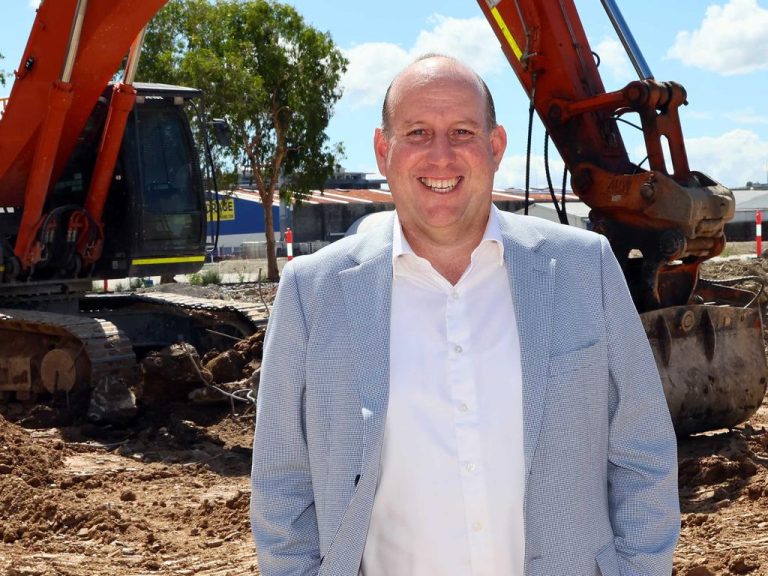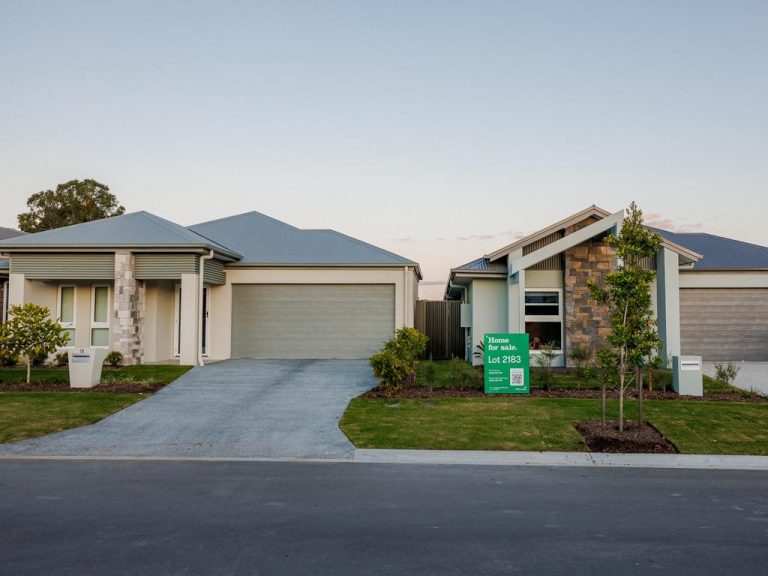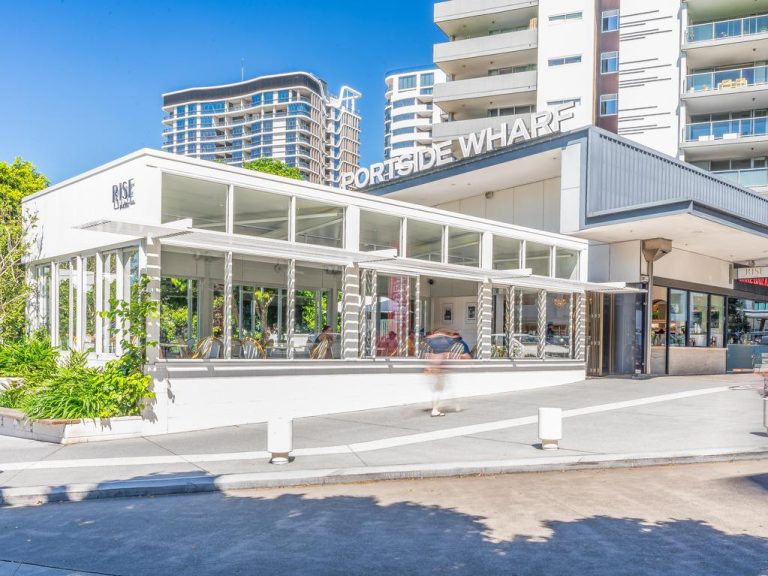Australia’s forgotten theme parks
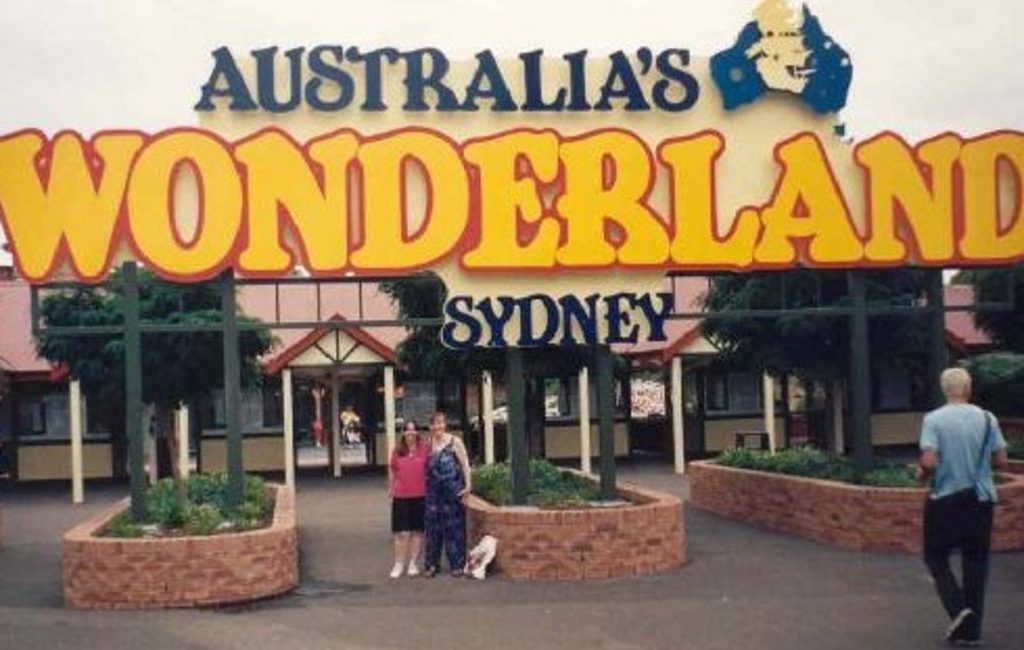
The Australian theme park is something of an endangered species. While the few still standing continue to supply fun to millions, many more are now extinct.
Whether they lasted for decades or mere months, these former fun parks live on as joyous memories that defined many Aussie childhoods.
In the twinkling December of 1912, Mr Moon’s giant jaw dropped to welcome excited hordes into Melbourne’s Luna Park. More than a century and millions of visitors later, Australia’s oldest theme park still charms with iconic rides and whimsical architecture.
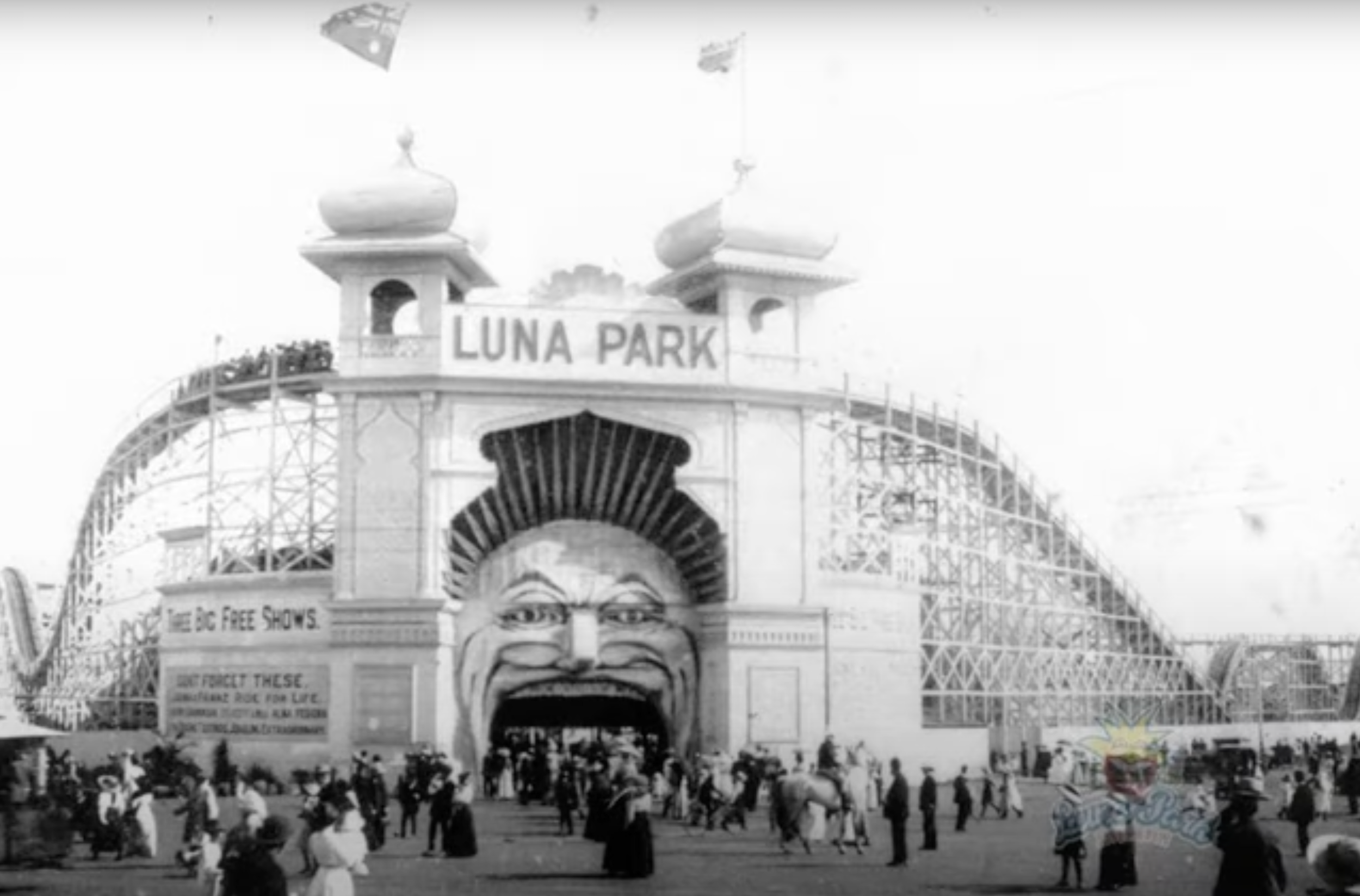
Australia’s oldest surviving theme park, Luna Park St Kilda, opened in 1912. Picture: Luna Park
The opening of Luna Park Sydney followed in 1935 to great fanfare and immediate success. And despite bouts of misfortune, including the fatal Ghost Train fire of 1979, it continues to delight.
Further north, the Gold Coast ascended as Australia’s theme park capital from the late ’70s with SeaWorld, Dreamworld, Wet’n’Wild and later Warner Bros Movie World capturing the imagination of thrillseekers the world over.
It’s easy to forget that other theme park gems once shone bright across Australia. Beloved for their kitschy charm, wild amusement and eccentric allure, these wonders of yesteryear also basked in the fun before the tide turned.
Here are some of Australia’s once adored yet now forgotten theme parks.
NSW
NSW has had its fair share of beloved park closures from Wonderland Sydney to Old Sydney Town.
In fact, the site of the former Fantasy Glades in Port Macquarie is currently on the market.
African Lion Safari, 1968-1991
This park opened near Warragamba Dam in western Sydney in 1968, with visitors able to drive among exotic animals and enjoy a miniature safari railway.
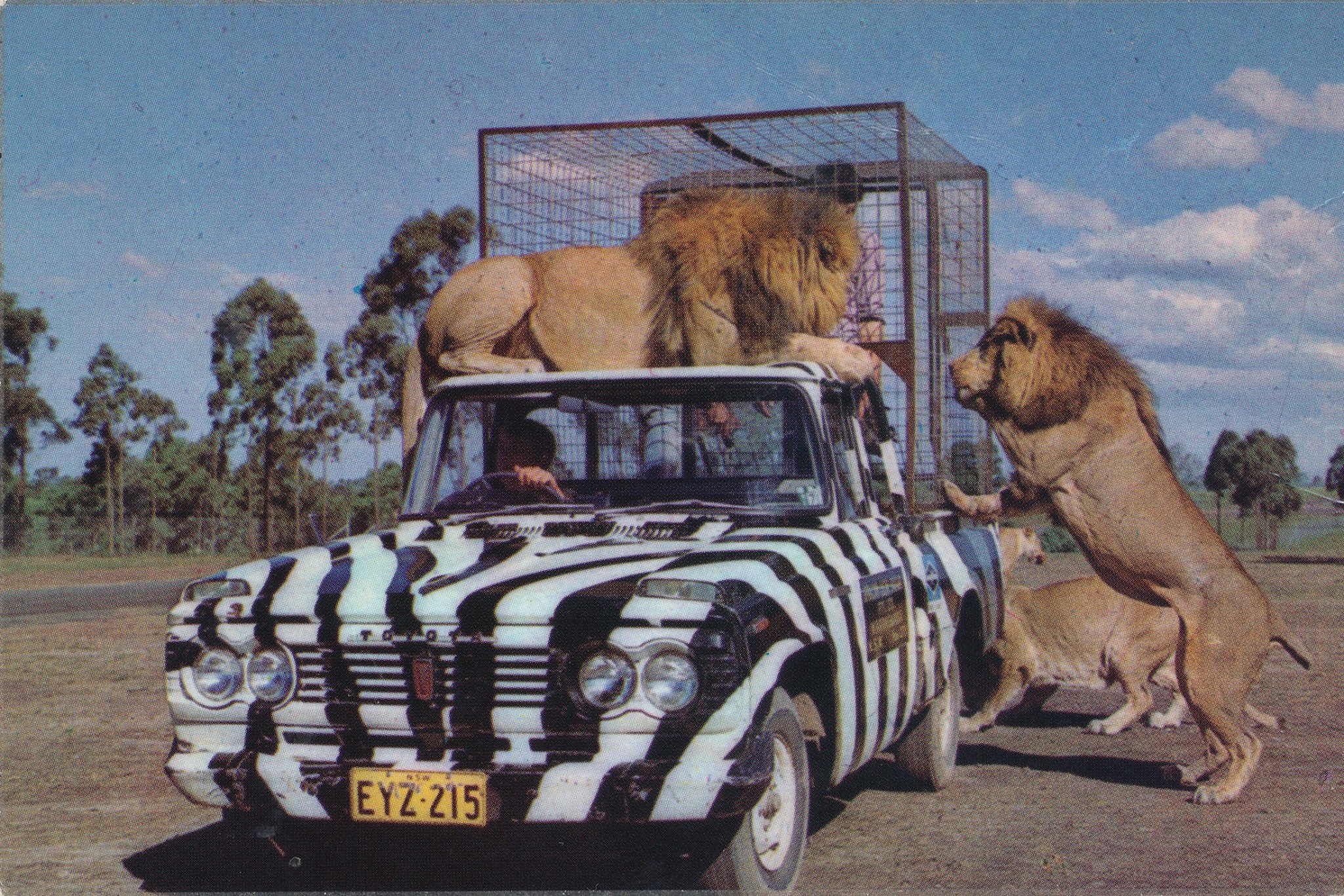
The drive-through animal park was the first of its kind in Australia. Picture: Facebook/African Lion Safari Warragamba
It attracted 200,000 visitors per year for a time, despite alleged complaints of lions taking bites out of cars.
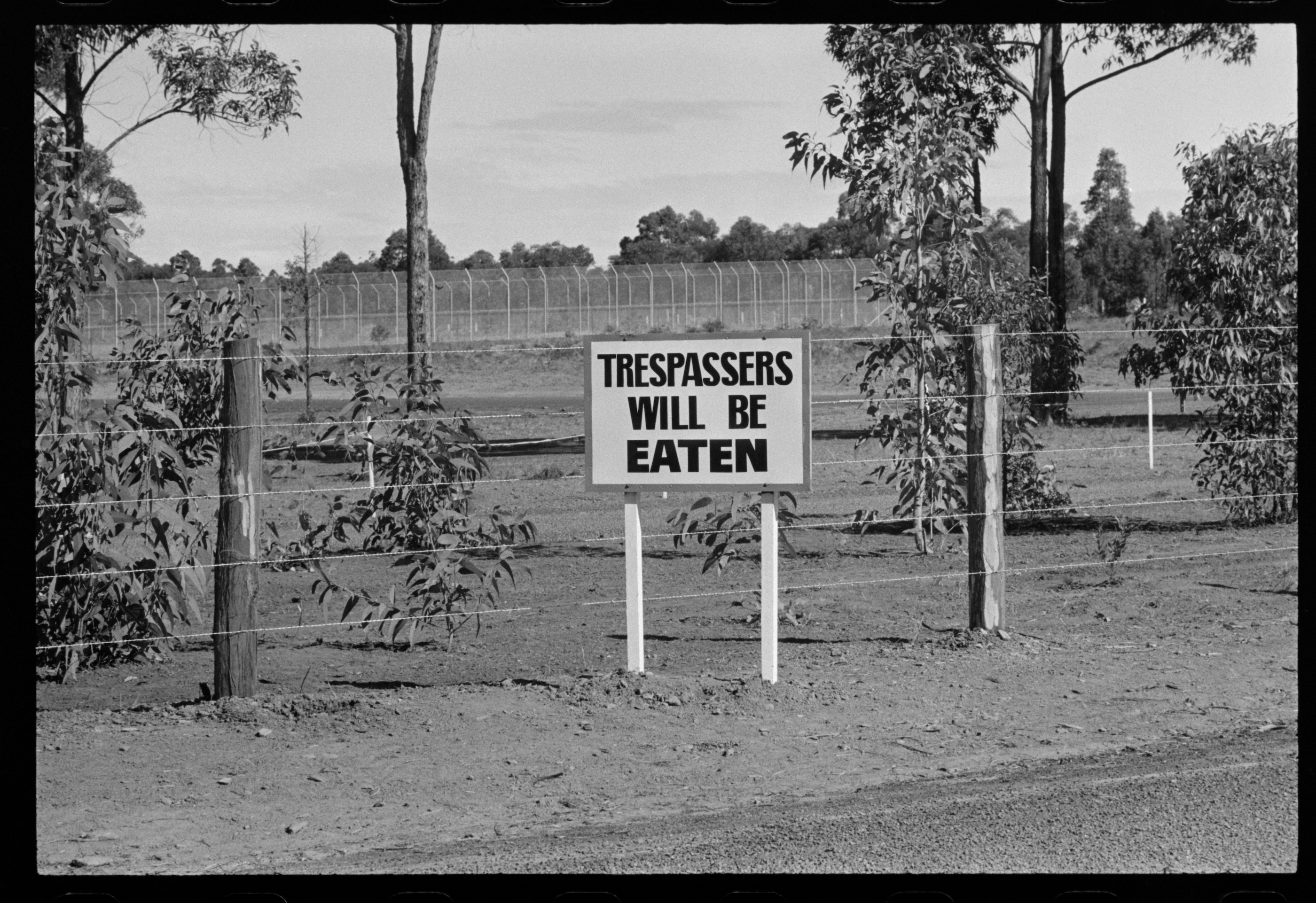
A sign at the African Lion Safari Park in July 1968. Source: State Library of NSW, Picture: R. Donaldson
As Sydney sprawled, it became difficult to keep exotic animals in an increasingly suburban setting, while the park drew the ire of animal liberationists. It eventually closed its doors in 1991.
Old Sydney Town, 1975-2003
Opened by then-prime minister Gough Whitlam in 1975, this open air museum and theme park outside Gosford aimed to transport visitors back to the early years of Sydney’s colonial settlement.
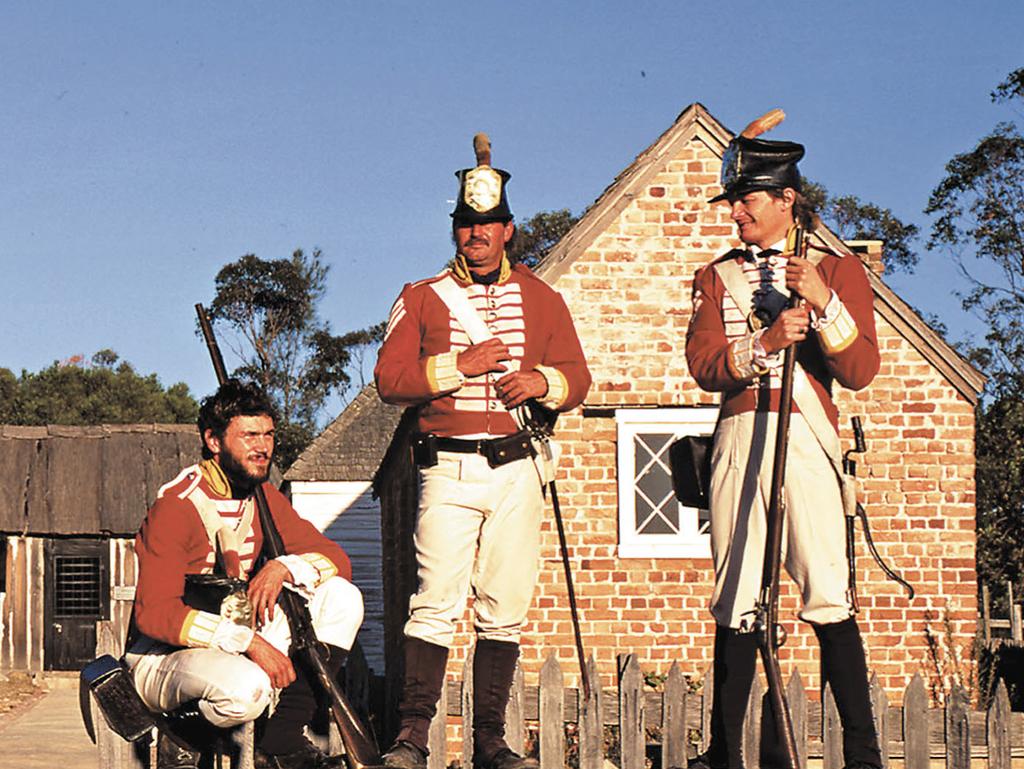
The convicts and redcoats of Old Sydney Town. Picture: Amusement Centre Travel
Among reconstructed buildings and horse-drawn wagons, soldiers paraded, cannons thundered and convicts rebelled.
The park welcomed six million visitors over its lifetime but there were never quite enough to support its performing troupe.
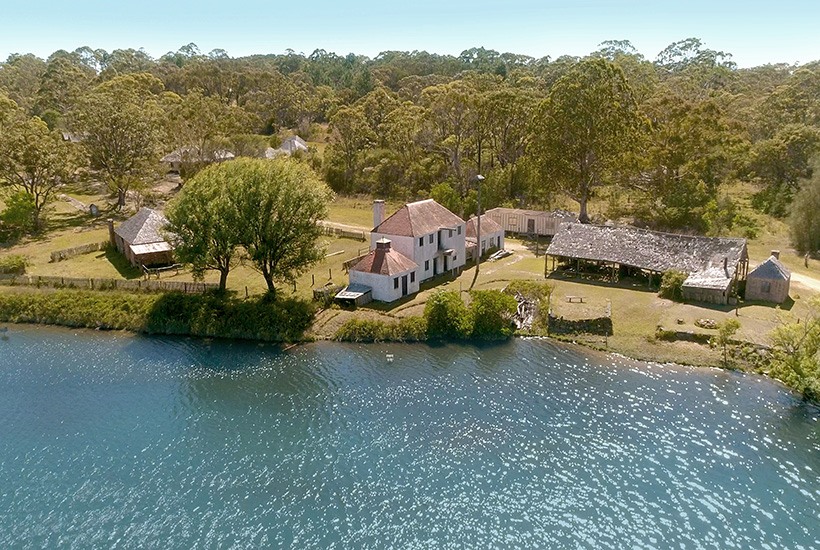
Old Sydney Town was popular as a theme park for almost 30 years.
The operators blamed the closure on an “instant gratification” generation that favoured computer games and thrill-rides.
Wonderland Sydney, 1985-2004
Wonderland remains one of Australia’s most fondly remembered theme parks.
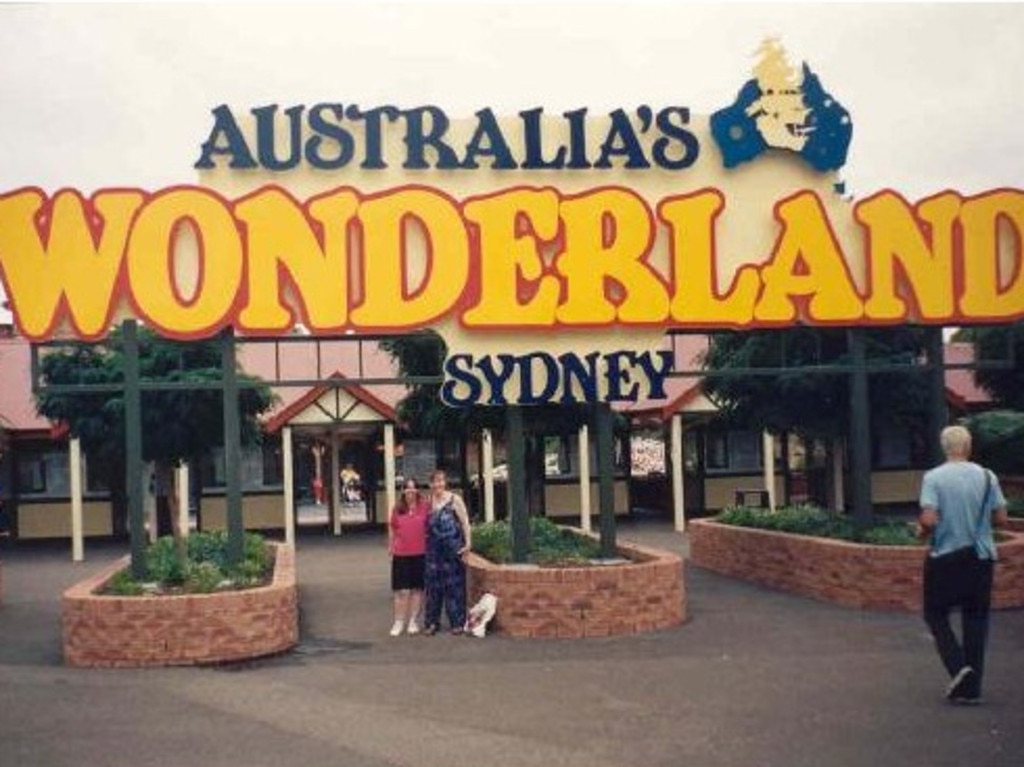
The iconic entrance to Wonderland Sydney. Picture: Facebook/Wonderland Sydney
For years it operated profitably, its pride the wooden roller coaster The Bush Beast, while there were three themed areas: Goldrush, Medieval Faire (later renamed Old Botany Bay), and Hanna-Barbera Land.
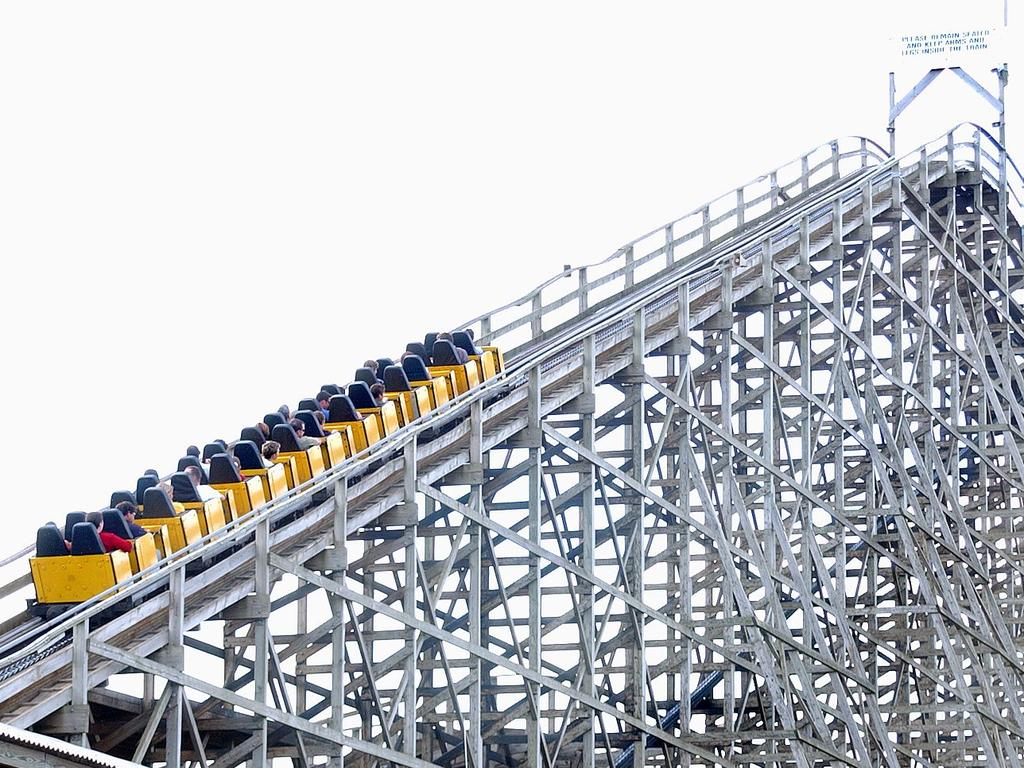
The Bush Beast was a favourite ride at Wonderland Sydney. Picture: Danny Aarons
But after the park was sold to Malaysia-based Sunway Group in 1997, its fortunes seemed to dip, which some blame on a lack of new attractions.
Wonderland closed in 2004 and was later sold and turned into an industrial estate – with speculation that was Sunway’s plan all along.
Victoria
Home to Australia’s oldest surviving theme park, Victoria has loved and lost many others over the years.
Whistle Stop Amusement Park, 1966-1974
Whistle Stop Amusement Park opened in 1966 in the bayside suburb of Frankston and was reportedly a big hit among locals who loved the go karts, merry-go-round, chairlift and pedal boats on the large lake.
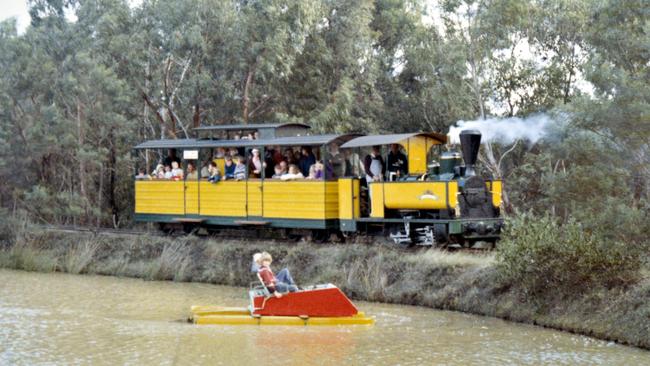
Attractions at the Whistle Stop Amusement Park included a steam train and pedal boats on a large lake, go-karts, a merry-go-round and chairlift.
But the fun was short-lived. Escalating costs made the park unviable, with the site eventually sold for housing as the suburb expanded.
Though the park’s existence has largely been erased, it lives on in the memories of many a Melburnian, while its stream train engine has been reincarnated at Puffing Billy Railway.
Wobbies World, 1970-1999
Designed as a paradise in Melbourne’s west for young children, Wobbies World featured mazes, a water ride with a scary model crocodile emerging from the banks, mini-golf, and gentle tram and chopper rides.
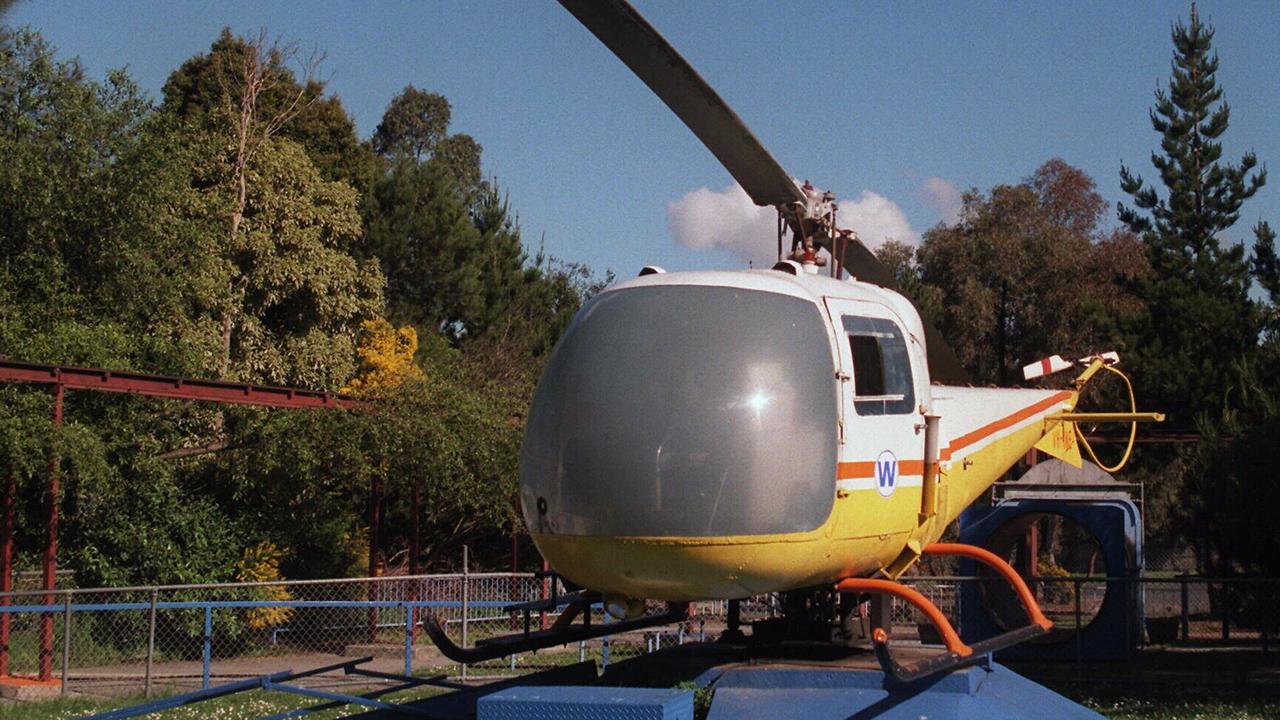
Wobbie’s World closed in 1998 and is now the site of the Forest Hill police station.
Despite memorable TV ads, the park closed for good by the end of the 90s.
For a time, a plant nursery occupied the site, thematically enhanced by a concrete castle, bridges and a train station. A police station now occupies the plot.
Queensland
Now the theme park capital of the world, Queensland’s Gold Coast has also seen its fair share of closures.
Magic Mountain, 1962-1987
Magic Mountain at Nobby Beach on the Gold Coast started life as a chairlift that was later joined by a Magic Castle and – two decades and two owners later – a multitude of other attractions including a carousel, dodgem cars and a magic show.
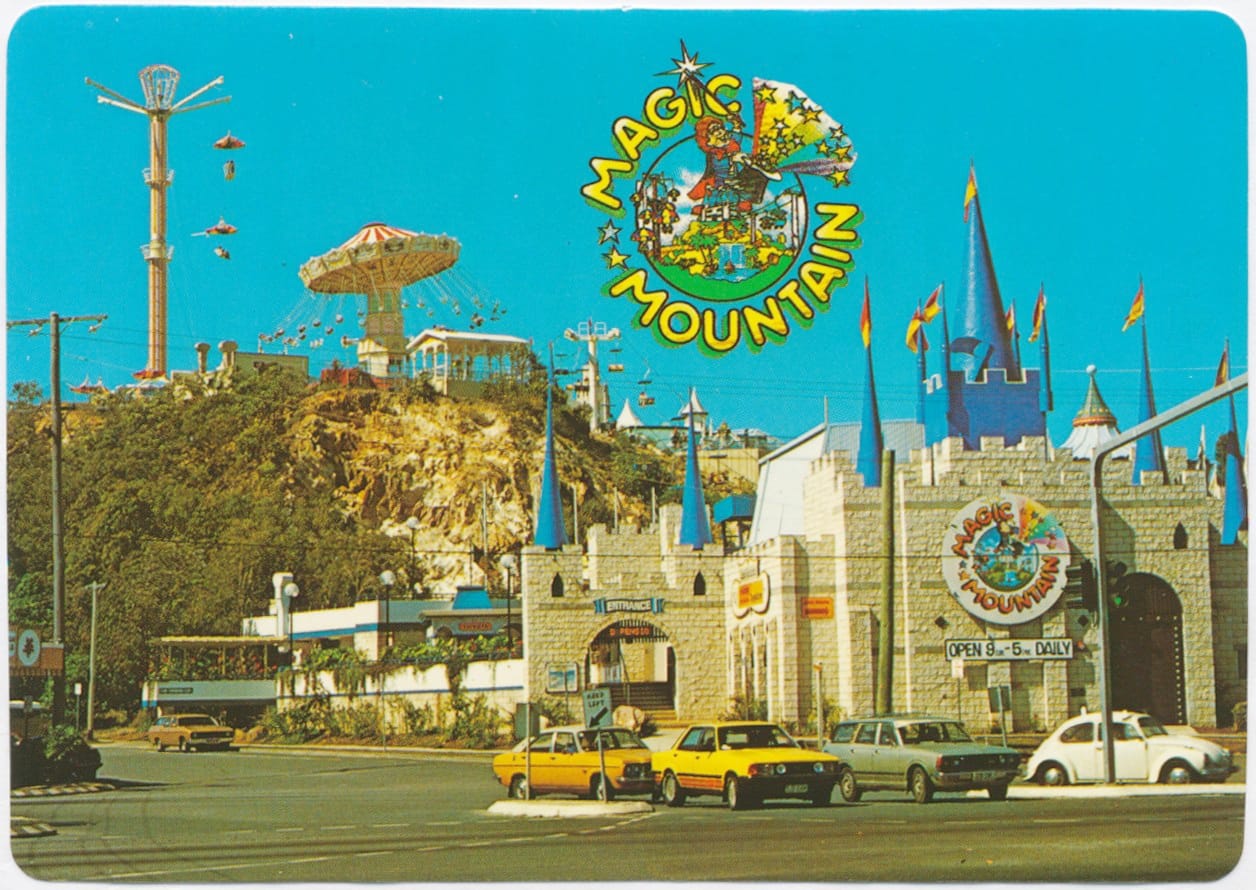
The entrance to Magic Mountain, which closed in 1987.
The park closed in 1987 and is today the site of restaurants, shops and Magic Mountain Resort Apartments, named in its memory, while the chairlift lives on only in a street sign, Chairlift Avenue.
Grundy’s Entertainment Centre, 1981-1993
Grundy’s opened on the Gold Coast in March 1981, months ahead of Dreamworld.
It featured a huge four-side water flume opposite the Surfers Paradise beachfront as well as a traditional carousel, arcade games and a ghost train.
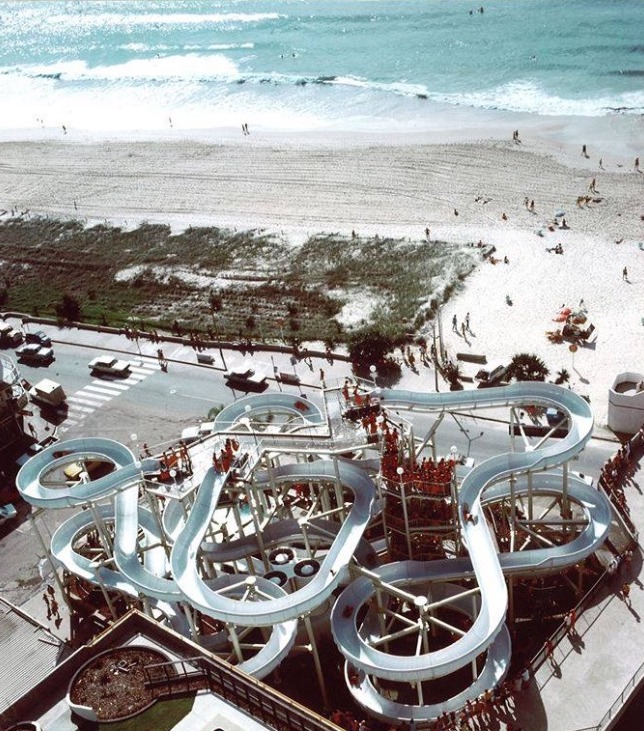
Grundy’s was short lived, operating between 1981 and 1993. Picture: Facebook
But competing with new, world-class theme parks nearby was always going to be tough.
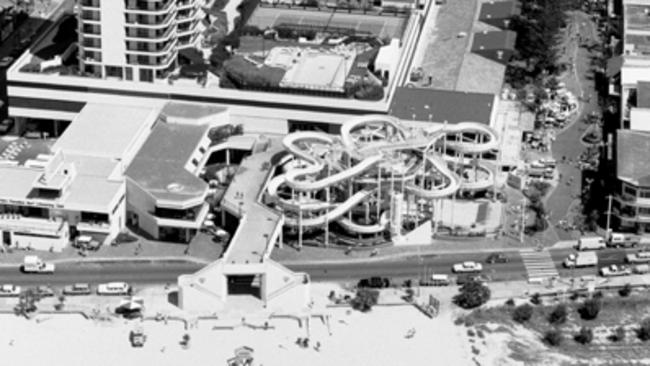
Grundy’s from the air.
The water slides closed in 1987 while the park followed in 1993, with Timezone Australia eventually absorbing the venue.
Amazons Aquatic Adventureland, 1982-2001
This waterpark located in Jindalee in southwest Brisbane was immensely popular until a 1999 drowning of a young boy resulted in an inquest into the park’s safety. Amazons closed two years later in 2001, with the owners blaming the competing allure of the beach.
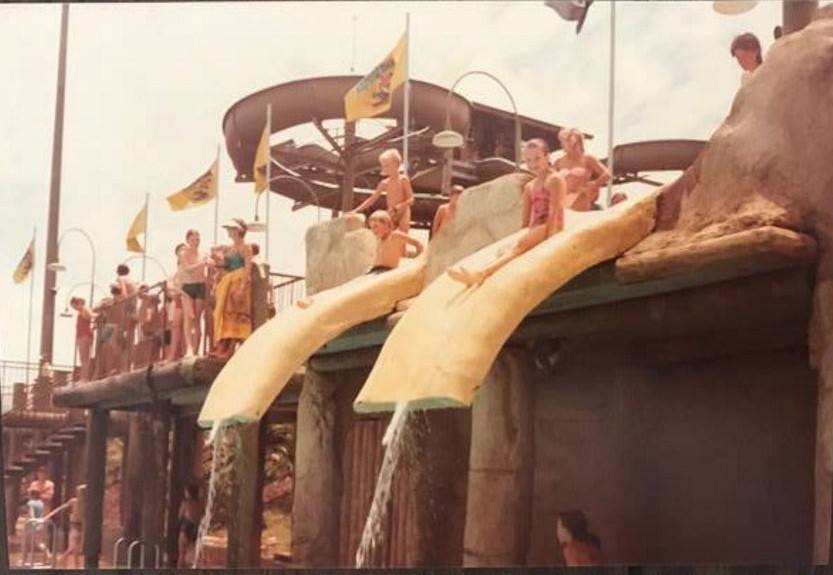
A Facebook page is dedicated to the memories of Amazons Aquatic Adventureland. Picture: Facebook/I Remember AMAZONS WATER PARK!
While the site is now home to DFO Jindalee, Amazons lives on fondly in the hearts and minds of locals.
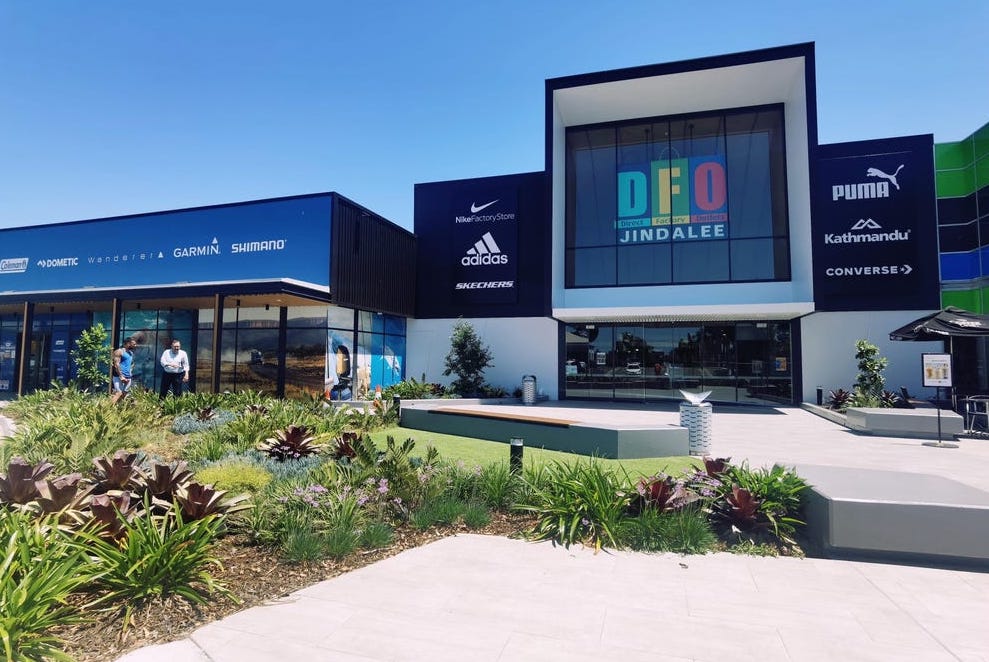
The site is now home to DFO Jindalee. Picture: realcommercial.com.au
Years after it closed, a Facebook group ‘I Remember AMAZONS WATER PARK!’ was created, with thousands sharing photos and lamenting its closure.
South Australia
Adelaide has never been one to shy away from a spectacular amusement park, but keeping them alive is another story.
Luna Park Glenelg, 1930-1934
Based on the St Kilda site, Luna Park Glenelg opened to the public in 1930, though it would not replicate the astounding success of its eastern cousin.
On New Year’s Eve 1932, a woman fell from the Big Dipper in a suspected suicide. A sharp fall in crowds reportedly ensued, while park management fought with Glenelg council over rent and requests to open rides on Sundays.
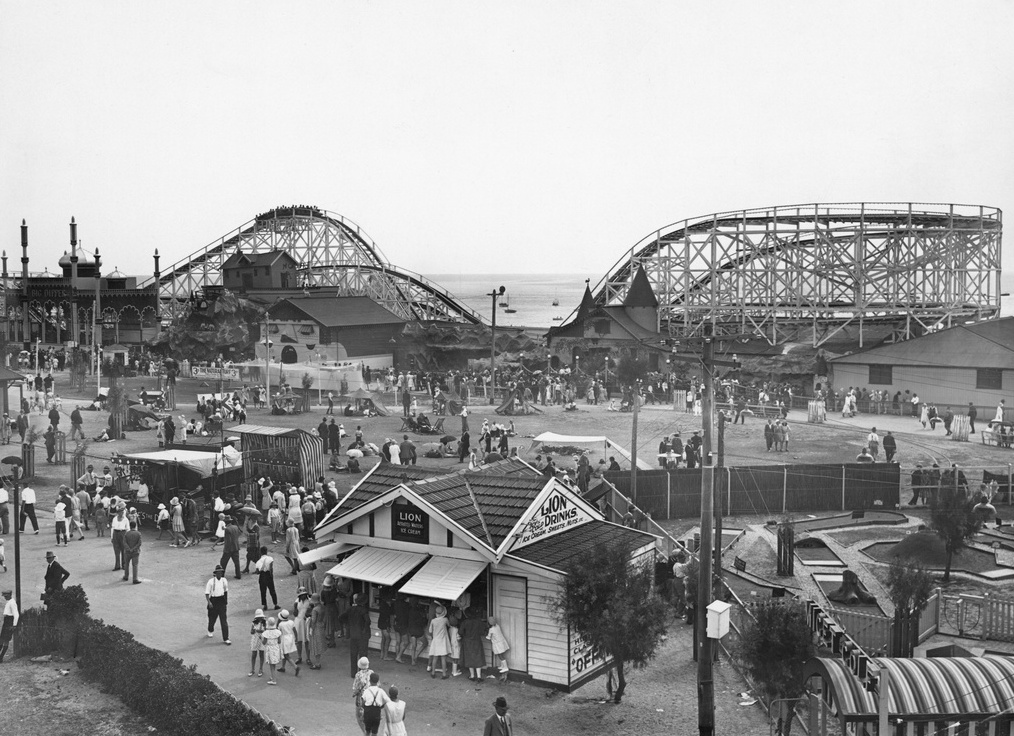
Before Luna Park opened in Sydney, it operated in Adelaide’s beachside Glenelg. Picture: State Library of South Australia
Adelaide’s loss became Sydney’s gain. In 1934, the owners decided to relocate to the former construction site for the Harbour Bridge at Milsons Point.
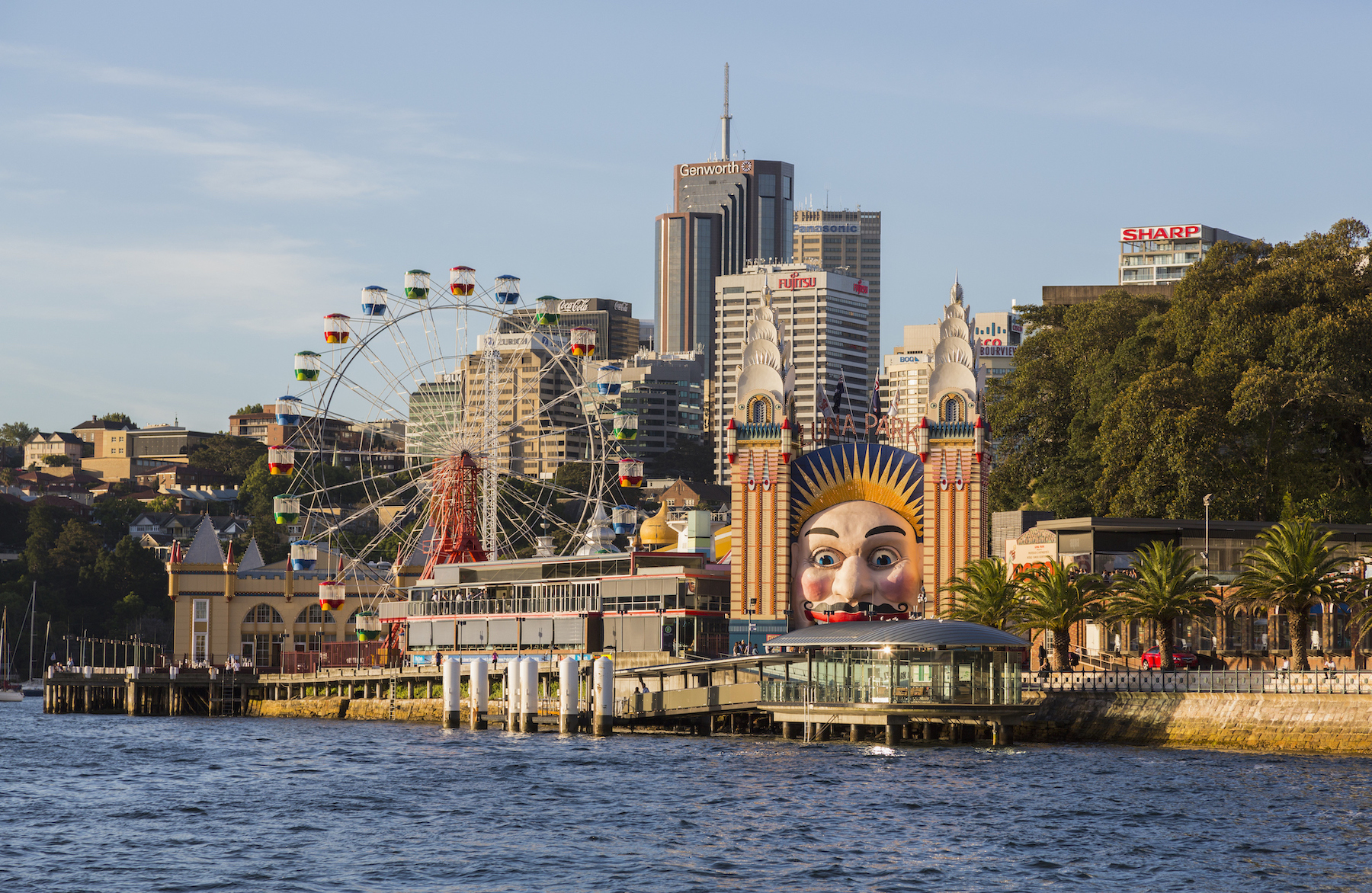
Luna Park was moved to Milsons Point on Sydney Harbour. Picture: Getty
The rides were dismantled and shipped, with Luna Park Sydney opening the following year.
Magic Mountain, 1982-2004
Glenelg got a second chance at fun with Magic Mountain, which featured water slides, arcade games and sky cycles that allowed visitors to “fly” through the park.
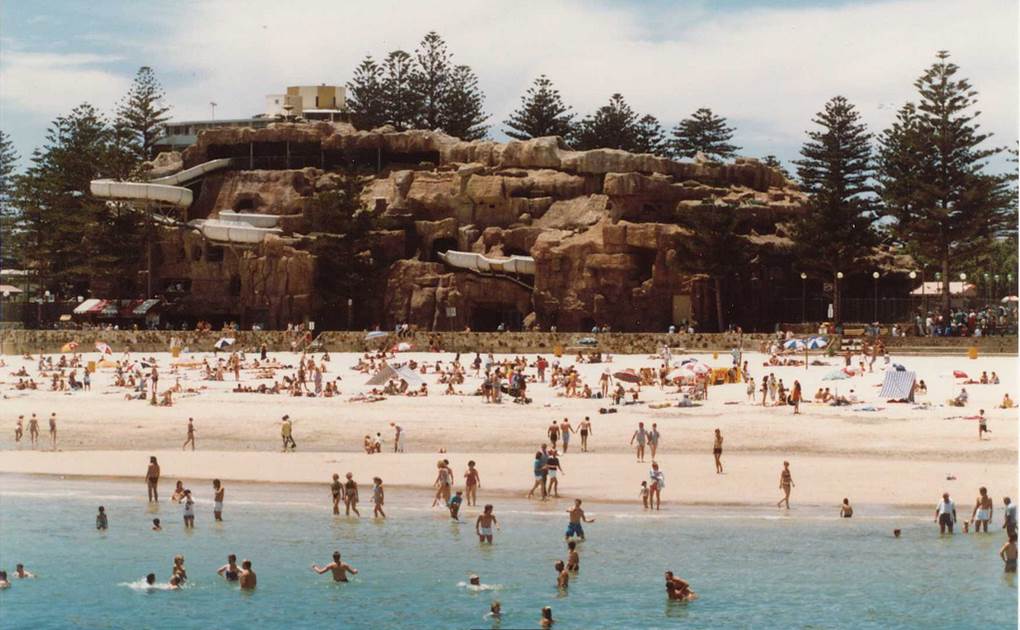
Magic Mountain was likened to a ‘giant dog dropping’. Picture: Holdfast Bay History Centre
The giant fiberglass mountain design was widely mocked and often likened to a giant dog dropping.
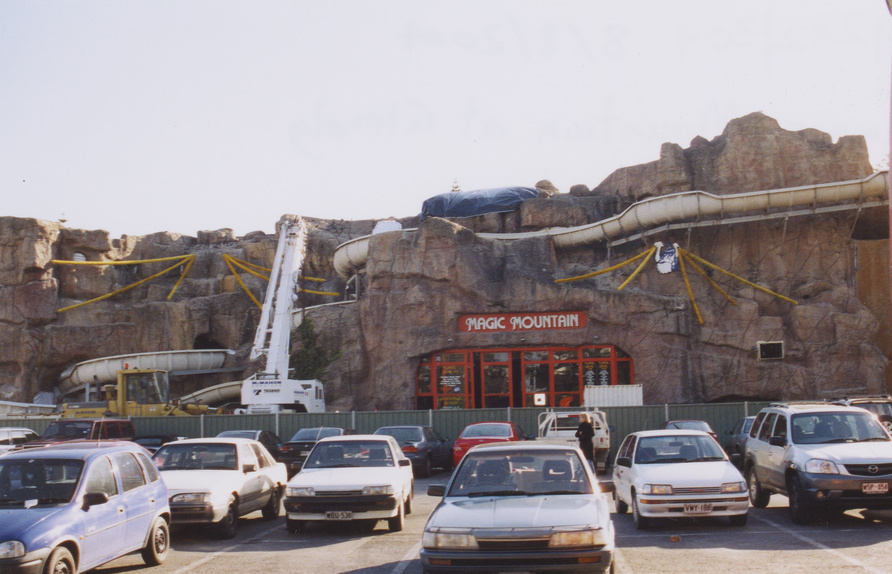
Magic Mountain operated as a theme park in Adelaide’s Glenelg until 2004. Picture: State Library of South Australia
It was demolished in 2004 as part of a development and replaced by family entertainment complex The Beachouse in 2006.
Dazzeland Adelaide, 1991-1998
Dazzeland was a chaotic and colourful amusement park occupying the top two levels of Myer Centre in Adelaide’s Rundle Mall.
Shoppers may remember the screams from the ‘Jazz Junction’ roller coaster above their heads, while there were also dodgem cars, arcade games and a miniature train.
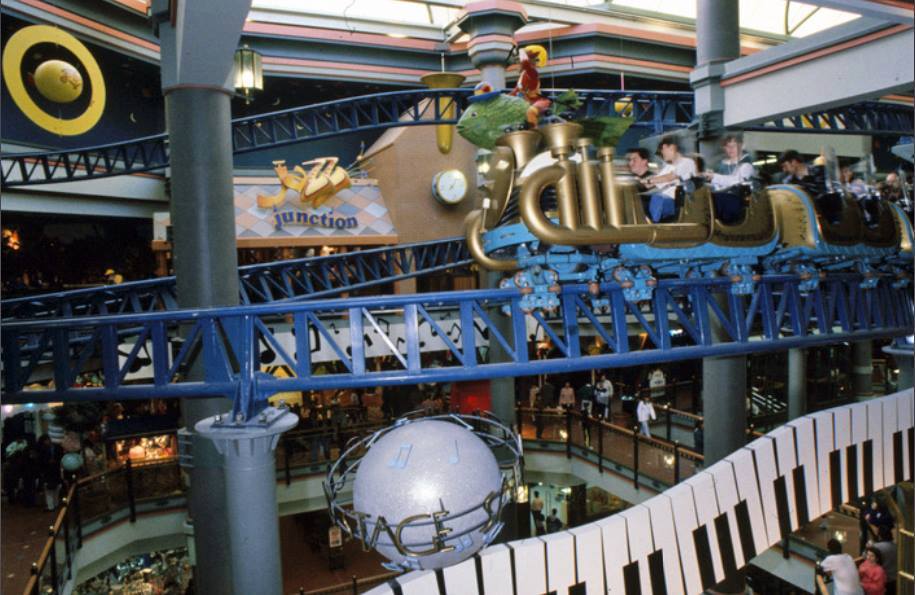
The Dazzeland amusement park occupied the top two levels of Myer Centre in Adelaide’s Rundle Mall. Picture: Facebook
The appeal quickly wore off. Teenagers were characteristically apathetic, while others reportedly complained about the sensory overload. The top floor party ended in 1998, with the upper levels remaining vacant for many years.
Western Australia
Perth has been home to many beloved theme parks, here are some of the biggest to go bust.
Luna Park Scarborough, 1939-1972
The Perth branch of Luna Park long outlived Adelaide’s but ultimately wasn’t destined for historical significance. Most people don’t even realise that a Luna Park ever existed in Western Australia.
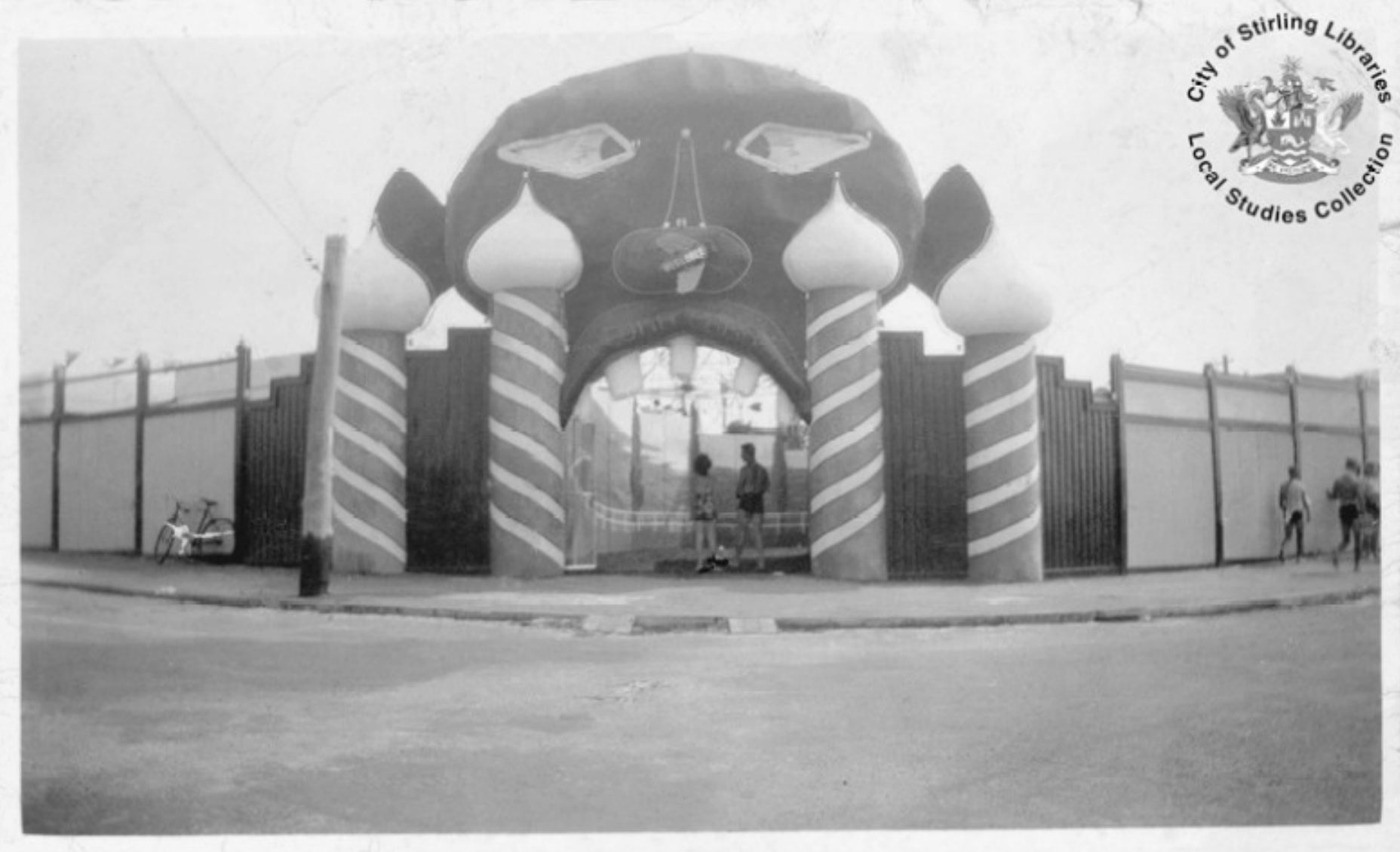
Luna Park opened in Scarborough in 1939. Picture: City of Stirling
Located near one of the city’s best beaches, it boasted the popular Gee-Wizz ride, bumper cars, flying boats and merry-go-rounds, while the Bathing Beauty Contests were the highlight of the summer season.
But the park was demolished in 1972 to make way for what is now the Luna shopping centre.
Atlantis Marine Park, 1981-1990
Touted as SeaWorld meets Dreamworld, Atlantis Marine Park opened in 1981 in Two Rocks north of Perth.
It provided performing dolphins, seal shows, water slides, aqua playgrounds, roller coasters and paddle boats while the iconic centrepiece was a giant 10-metre limestone statue of King Neptune, Roman god of the sea.
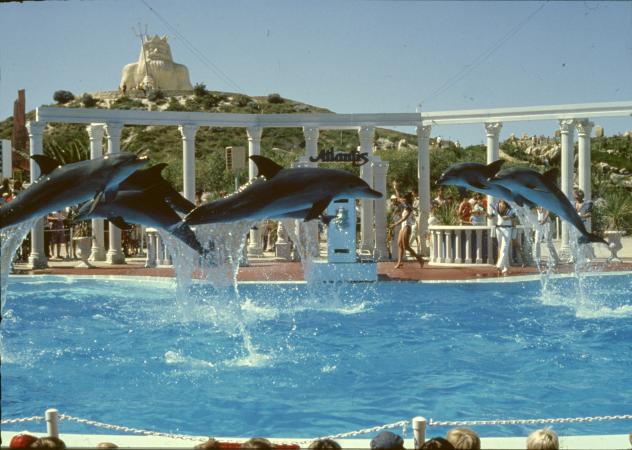
Atlantis Marine Park opened on Boxing Day, 1981. Picture: State Library of Western Australia
But the good times rolled for only nine years before Atlantis closed due to financial difficulties.
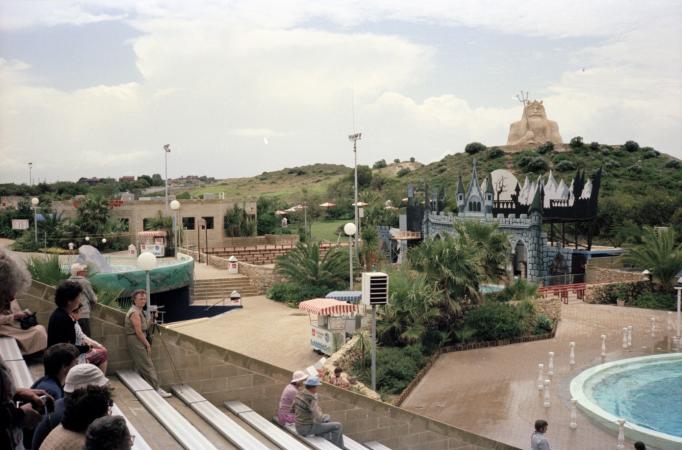
The King Neptune Statue is now included on the State Register of Heritage Places. Picture: State Library of Western Australia
On the site today is a marina and shopping centre, while King Neptune still stands as a homage to the watery fun of yesteryear.
Tasmania
Brimming in natural wonders, the Apple Isle has had less success with large scale theme parks than other states have enjoyed. But the memories of ‘Tasmania’s Wonderland’ live on.
Serendipity Fun Park, 1987-1989
The residents of Devonport only got to enjoy Serendipity Fun Park, referred to as Tasmania’s Wonderland, for 16 months in the late 80s.
There were dodgem cars, a roller coaster, an amusement arcade, mini-golf, bumper boats and even a thrill ride called ‘The Scat’.
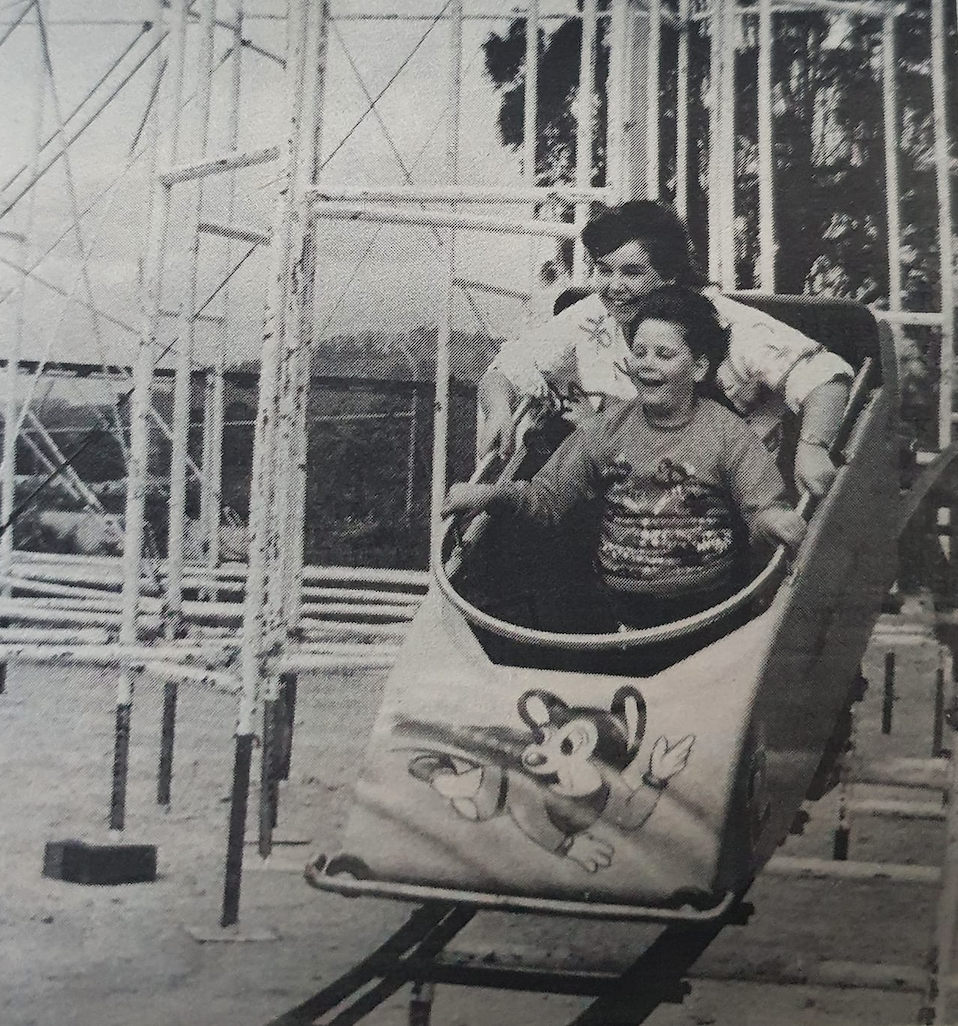
An old newspaper clipping of ‘Tasmania’s first rollercoaster’ at the Serendipity Fun Park. Picture: Facebook/Bring Back Serendipity
But any fun-filled future was doomed by financial difficulties and the park closed for good in 1989, though some locals still claim it was the greatest tourist attraction they ever had.

